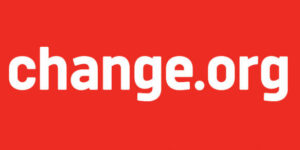
Cybersecurity Counts: 7 Ways to Motivate Employees to Care
Cyberattacks have become an all-too-prevalent reality in today’s business landscape. In fact, cyberattacks increased by 38% in 2022 alone. This means every company should have

Cyberattacks have become an all-too-prevalent reality in today’s business landscape. In fact, cyberattacks increased by 38% in 2022 alone. This means every company should have

The world is on the move. And, working from multiple locations. Today’s mobile workforce answers emails during dinner, writes reports on airplanes, and participates in
I just didn’t want to go anymore. She made it nearly unbearable. It didn’t start off that way, though. When we first started working together

There’s something fundamentally broken with the way employers treat potential employees. Change is long overdue. Let’s fix this…

In an age of HR specialization, how can one-person departments succeed? Suggestions from the #TChat crowd…